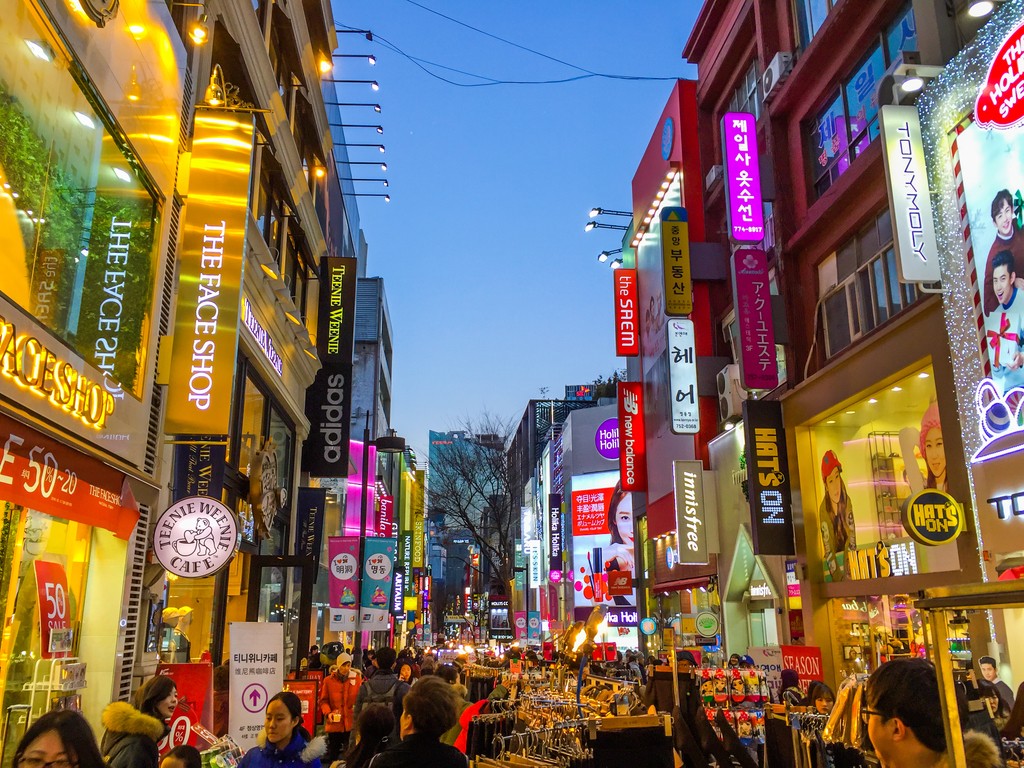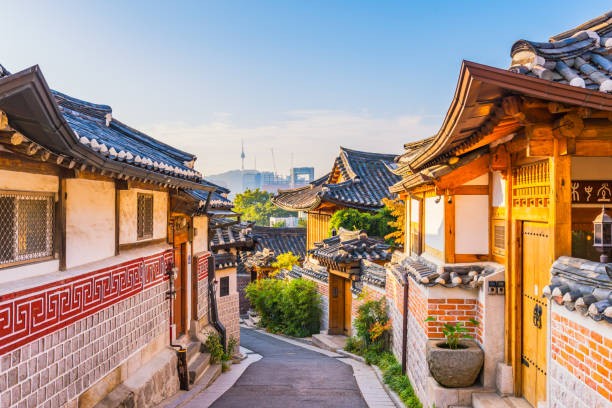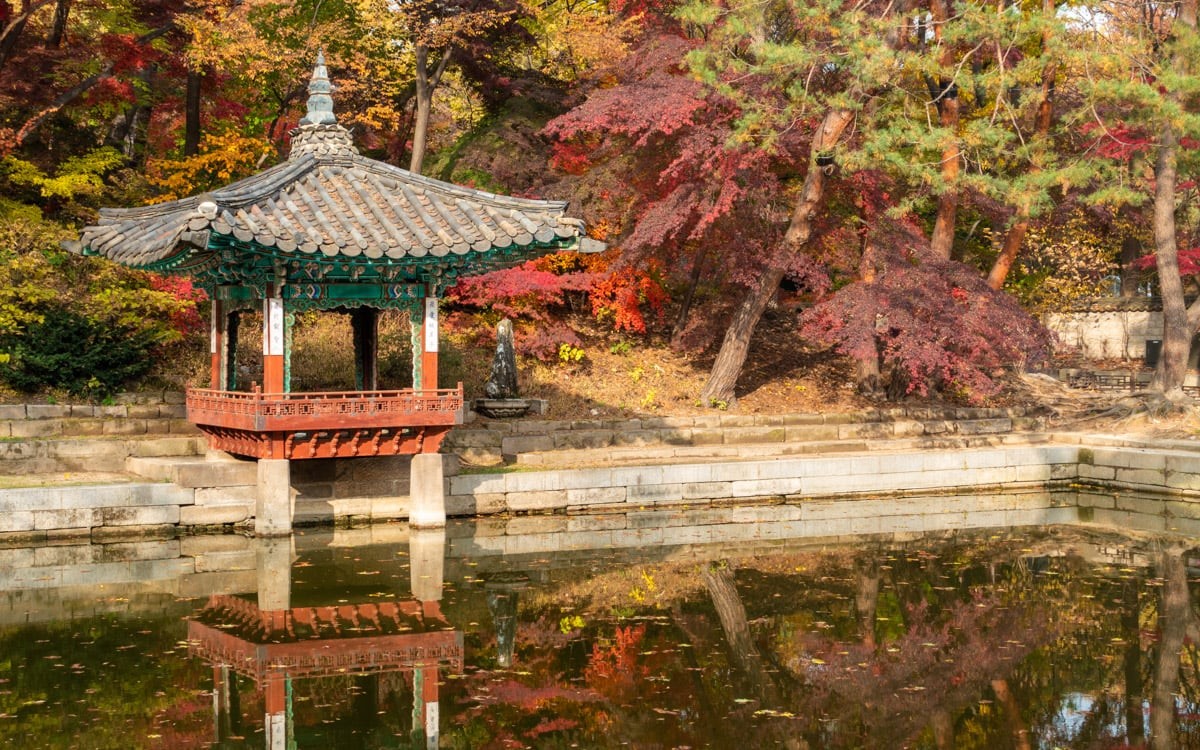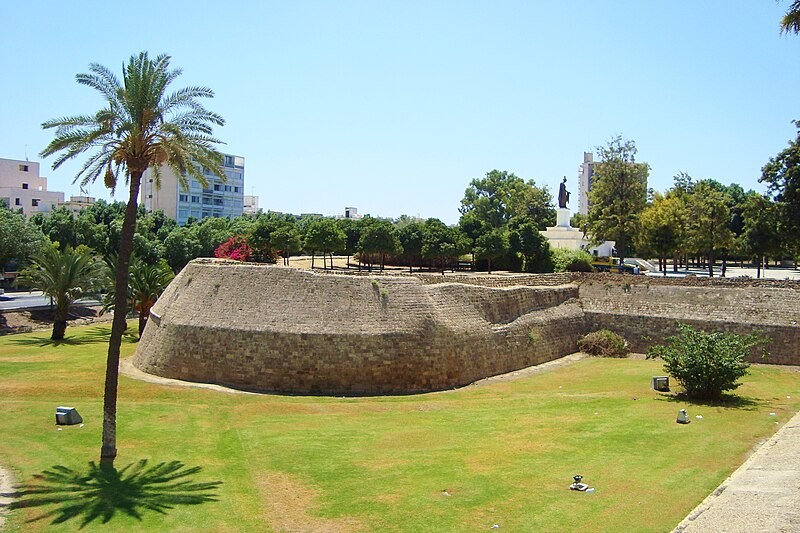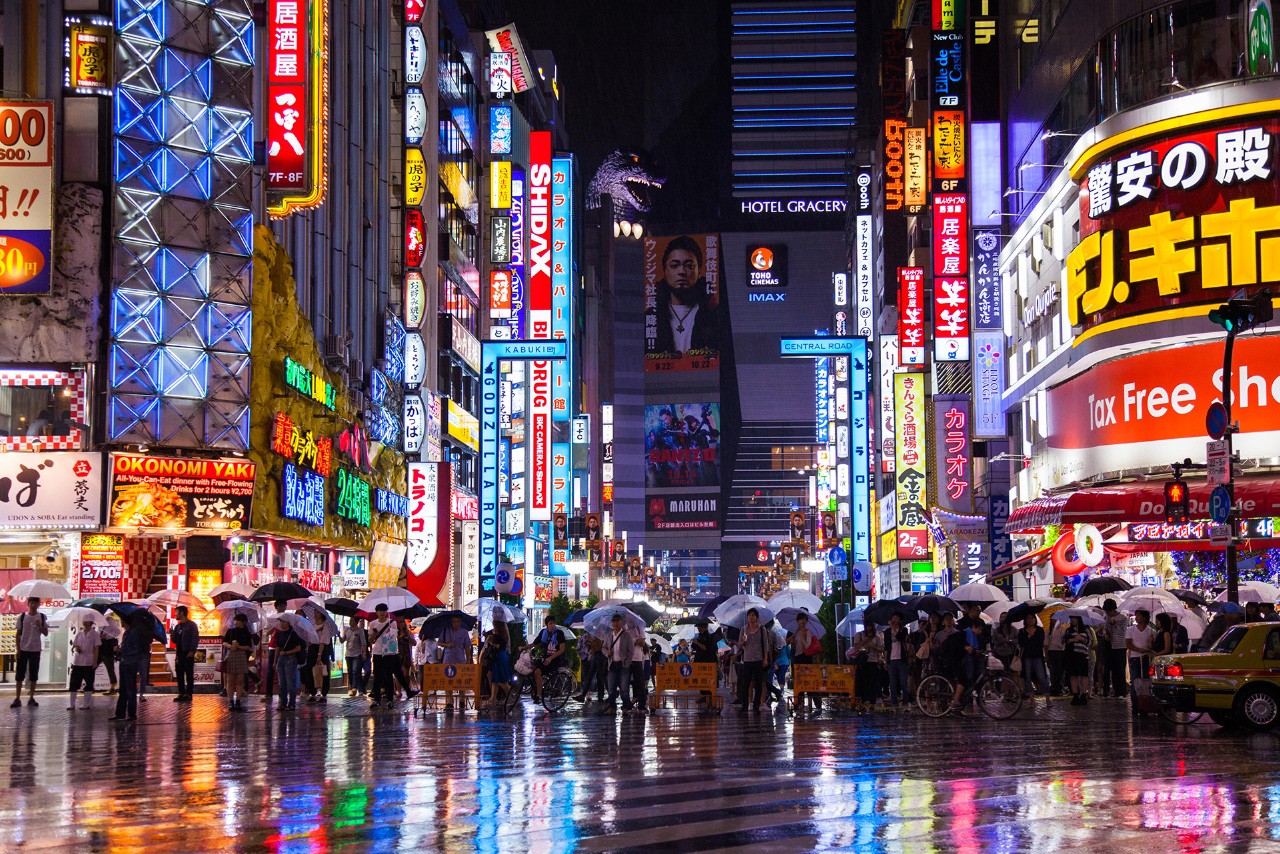
Tokyo: History and Places to Visit
Tokyo, the bustling capital of Japan, is a city where the past and present blend seamlessly, creating a unique and vibrant urban experience. As one of the world's most populous and dynamic cities, Tokyo is a global hub of culture, technology, and commerce. From ancient temples and historic districts to futuristic skyscrapers and cutting-edge technology, Tokyo offers an array of attractions that cater to all interests.
The History of Tokyo
Tokyo’s history dates back to the early 12th century when it was a small fishing village known as Edo. Its transformation began in 1603 when Tokugawa Ieyasu established the Tokugawa shogunate, making Edo the center of political power in Japan. Under the Tokugawa shogunate, Edo grew rapidly into a major urban center and became one of the largest cities in the world.
In 1868, following the Meiji Restoration, the capital was officially moved from Kyoto to Tokyo, marking the beginning of Japan’s modernization and industrialization. The city underwent significant changes during this period, including the construction of new infrastructure and the adoption of Western technologies and culture.
Tokyo experienced major challenges during the 20th century, including the devastation of World War II and subsequent reconstruction. The city’s resilience and rapid recovery have transformed it into a global metropolis, renowned for its technological advancements, cultural influence, and economic power.
Places to Visit in Tokyo
1. Tokyo Tower
Tokyo Tower, inspired by Paris’s Eiffel Tower, is an iconic symbol of Tokyo. Standing at 333 meters (1,093 feet), the tower offers panoramic views of the city from its observation decks. The tower also houses various entertainment facilities, shops, and restaurants, making it a popular destination for both tourists and locals.
2. Senso-ji Temple
Senso-ji Temple, located in Asakusa, is Tokyo’s oldest and most significant Buddhist temple. Founded in the 7th century, the temple is renowned for its vibrant red pagoda and the massive Kaminarimon Gate. Visitors can explore the Nakamise-dori shopping street leading up to the temple, which is lined with traditional shops and street food stalls.
3. Shibuya Crossing
Shibuya Crossing is one of the busiest and most famous pedestrian crossings in the world. Located in the Shibuya district, the crossing is known for its dazzling billboards and the sheer volume of people crossing from all directions. It’s a quintessential Tokyo experience and offers excellent photo opportunities.
4. Meiji Shrine
Meiji Shrine, dedicated to Emperor Meiji and Empress Shoken, is a Shinto shrine located in a tranquil forested area near Harajuku. The shrine’s peaceful atmosphere provides a stark contrast to the bustling city surrounding it. Visitors can walk through the large torii gate and explore the beautiful grounds, which include a traditional inner garden.
5. Tokyo Skytree
Tokyo Skytree is the tallest structure in Japan, reaching 634 meters (2,080 feet). The observation decks offer breathtaking views of Tokyo and, on clear days, even Mount Fuji. The complex also features a shopping mall, aquarium, and planetarium, making it a multifaceted destination for visitors.
6. Akihabara
Akihabara, also known as “Electric Town,” is Tokyo’s vibrant electronics district. Famous for its numerous electronics stores, gaming centers, and anime shops, Akihabara is a haven for technology enthusiasts and fans of Japanese pop culture. The area is also known for its themed cafes and unique subcultures.
7. Shinjuku Gyoen National Garden
Shinjuku Gyoen National Garden is a sprawling oasis in the heart of Tokyo, offering a peaceful retreat from the city’s hustle and bustle. The garden features a mix of traditional Japanese, English, and French garden landscapes. It is a popular spot for cherry blossom viewing in the spring and a beautiful place to enjoy a leisurely stroll.
8. Tsukiji Outer Market
The Tsukiji Outer Market is renowned for its fresh seafood and vibrant atmosphere. Although the wholesale fish market has moved to Toyosu, the Tsukiji Outer Market remains a popular destination for visitors seeking high-quality sushi, street food, and traditional Japanese culinary experiences.
9. Ginza
Ginza is Tokyo’s upscale shopping district, known for its luxury boutiques, department stores, and fine dining establishments. The area features sleek modern architecture and offers a range of high-end shopping experiences. Ginza is also famous for its art galleries and cultural events.
10. Odaiba
Odaiba is a futuristic entertainment and shopping district located on an artificial island in Tokyo Bay. The area is home to several attractions, including the teamLab Borderless digital art museum, the giant Unicorn Gundam statue, and the Palette Town shopping complex. Odaiba also offers stunning views of Tokyo’s skyline and Rainbow Bridge.
Conclusion
Tokyo is a city of contrasts, where ancient traditions coexist with modern innovation. From the historic allure of Senso-ji Temple and the serene Meiji Shrine to the cutting-edge architecture of Tokyo Skytree and the bustling energy of Shibuya Crossing, Tokyo offers a diverse range of experiences for travelers. Its rich history, vibrant neighborhoods, and dynamic cultural scene make it a captivating destination that showcases the best of both old and new Japan.
